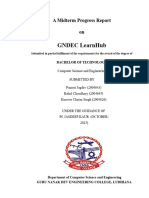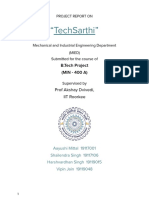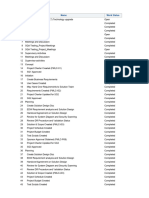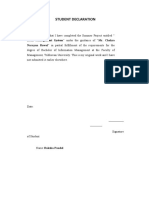0% found this document useful (0 votes)
16 views7 pagesProjects
Building projects is essential for gaining practical experience, enhancing problem-solving skills, and improving employability in software engineering. The document outlines various software engineering domains, including web development, mobile development, data science, and more, detailing roles and necessary skills. It also provides project ideas for resumes, emphasizing the importance of showcasing work through platforms like GitHub and personal websites.
Uploaded by
roshankumarchellagonda05Copyright
© © All Rights Reserved
We take content rights seriously. If you suspect this is your content, claim it here.
Available Formats
Download as PDF, TXT or read online on Scribd
0% found this document useful (0 votes)
16 views7 pagesProjects
Building projects is essential for gaining practical experience, enhancing problem-solving skills, and improving employability in software engineering. The document outlines various software engineering domains, including web development, mobile development, data science, and more, detailing roles and necessary skills. It also provides project ideas for resumes, emphasizing the importance of showcasing work through platforms like GitHub and personal websites.
Uploaded by
roshankumarchellagonda05Copyright
© © All Rights Reserved
We take content rights seriously. If you suspect this is your content, claim it here.
Available Formats
Download as PDF, TXT or read online on Scribd
/ 7




















































































